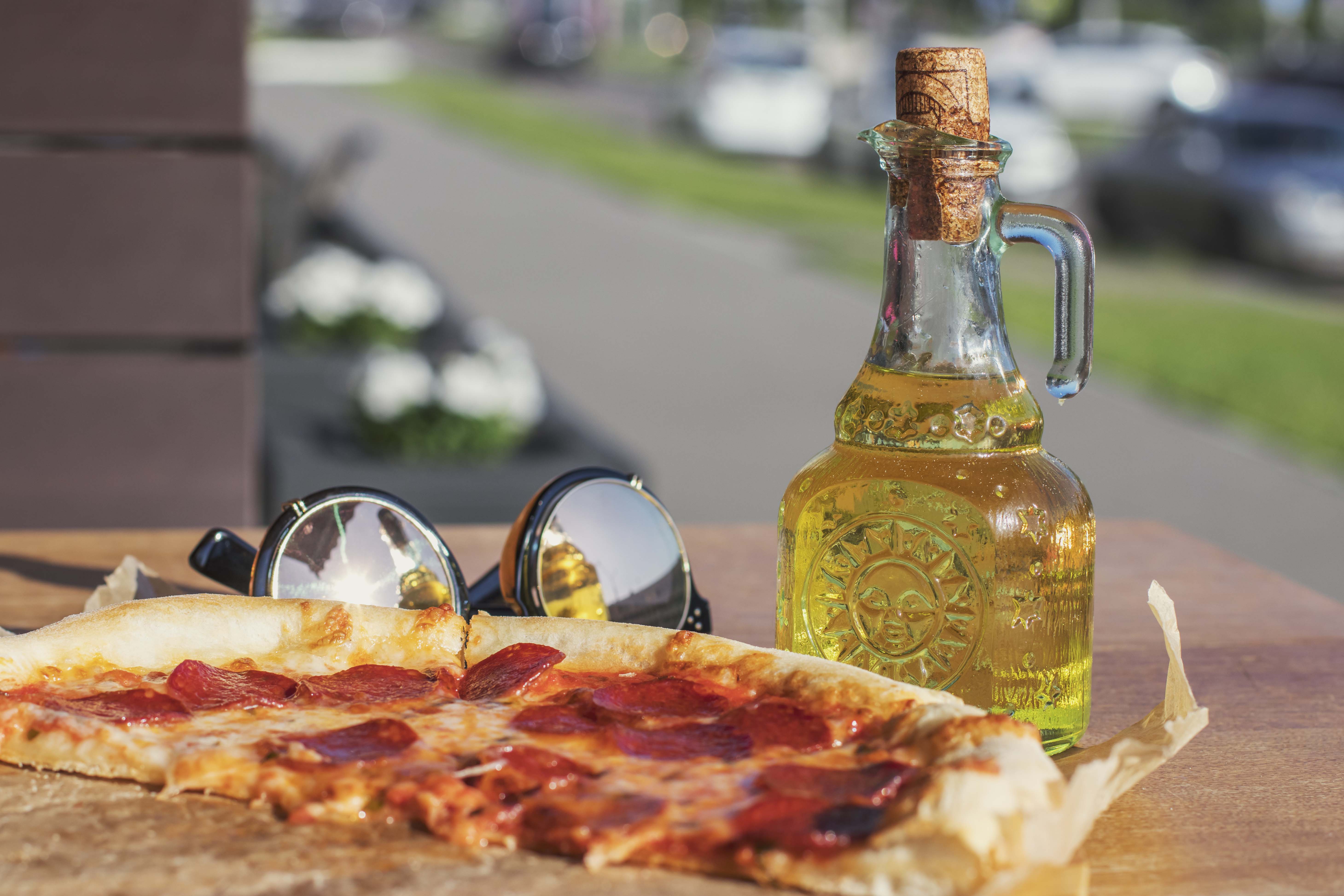Recently the iconic pizza chain, Pizza Hut, announced that it is looking to implement weather as part of its business model. Essentially they will begin to use weather data to help recommend orders to customers based on the weather in their location.
Venture Beat spoke with Tristan Burns, Pizza Hut’s Global Head of Analytics. He told them that “part of [their] machine learning program is to ingest customer behavior and a little bit about who customers are, where in the world they are, what the weather might be at their location, and then surface relevant product recommendations to them during their experience.”
Of course Pizza Hut isn’t the first to use weather as part of their business model, and there are several ways in which restaurants can capitalize on weather to improve sales, drive customers to their locations, and also engage with customers when weather is preventing them from coming into a Pizza Hut location. Because as we all know innovation is the name of the game in the restaurant industry.
According to a 2011 Restaurant Operator Survey by the National Restaurant Association, more than 90% of restaurant operators said changes in the weather impacted their business. And 96% of fast-casual operators and 98% of quick-service operators noted the effect of weather on their business.
“Weather affects various operations differently,” the association’s research Senior VP Hudson Riehle said at the time. “Say you have a destination restaurant and the weather conditions where it is located are bad. Obviously, sales volume will suffer. Conversely, if a restaurant is located in a shopping center, those same conditions could actually boost sales, especially if the weather causes more consumers to spend their time shopping.” Riehle noted that weather forecasts also make a difference. Customers might avoid a weekend destination location if bad weather has been predicted for the area.
Although Burns offered no details in the VentureBeat interview, PMQ anticipates that Pizza Hut’s AI technology will examine the weather in certain locations and compare it to what customers order, all for the purpose of predicting consumers’ pizza preferences when those weather conditions return later.
Inherently, restaurants can use weather data in many ways that can help to give them an edge (or slice) over the competition.
- Restaurants can use data to monitor real-time weather for incidents of hail, lightning, thunderstorms, and other conditions that result in less footfall traffic, particularly for outdoor seating, by specific location. This data also empowers establishments to modify staffing levels accordingly and deploy weather condition-based ad triggers (i.e., it is raining too hard to go to the restaurant so let us deliver the food to you).
- Sales of seasonal products such as iced coffee accelerate during abnormally high temperatures, particularly if they are anomalistic and unexpected, and drop during unseasonably cool ones. By utilizing weather data companies are able to drive efficiencies by planning inventory, product placement and adjust staff schedules accordingly during these periods.
- Weather data can also be used to plot and track various business parameters by location to quantify and understand how each is impacted by weather. Restaurateurs can use tools to visualize the weather impacts, such as how delivery sales increase on rainy evenings, how hot food sales are influenced on a snowy day, or how bar sales fluctuate on sunny afternoons. These visualizations speak to an entire organization and not just data savvy staff.
- Multiple datasets such as historical actuals and climatology can be used together to identify and quantify the impact of anomalistic weather on restaurant locations and create business intelligence based on forecasted weather’s departure from the climatological mean. It is generally the departures from normal which have the greatest impact on consumers and businesses.
Sounds daunting? It doesn’t have to be, Weather Source has multiple tools that can help you create actionable business intelligence to improve your bottom line. We work with restaurants across the globe to generate the weather insights that matter most to them, which helps them get a bigger slice of the pie.
Weather Source’s OnPoint Weather Product Suite provides global historical weather in hourly and daily format back to 2000 to present and with a 42-day forward forecast. In addition, we also have historical forecast data in pristine format in both hourly and daily format. The fact that we have a rich, statistically consistent historical dataset makes the data perfect for back testing and then building predictive models to reduce risk, improve sales forecasts, optimize inventory and staffing, and better forecast the impact of weather on business locations and assets all from a single source of truth.
In addition, our weather-based indices are perfect for creating insights around the probability of weather impact down to precise asset locations.
We also have solutions such as our Weather Insights Platform (WIP) which is a dynamic, web-based platform designed to allow retailers, restaurants, and e-commerce companies to create sales forecasts, optimize operations, and discover what types of weather impact their business.



